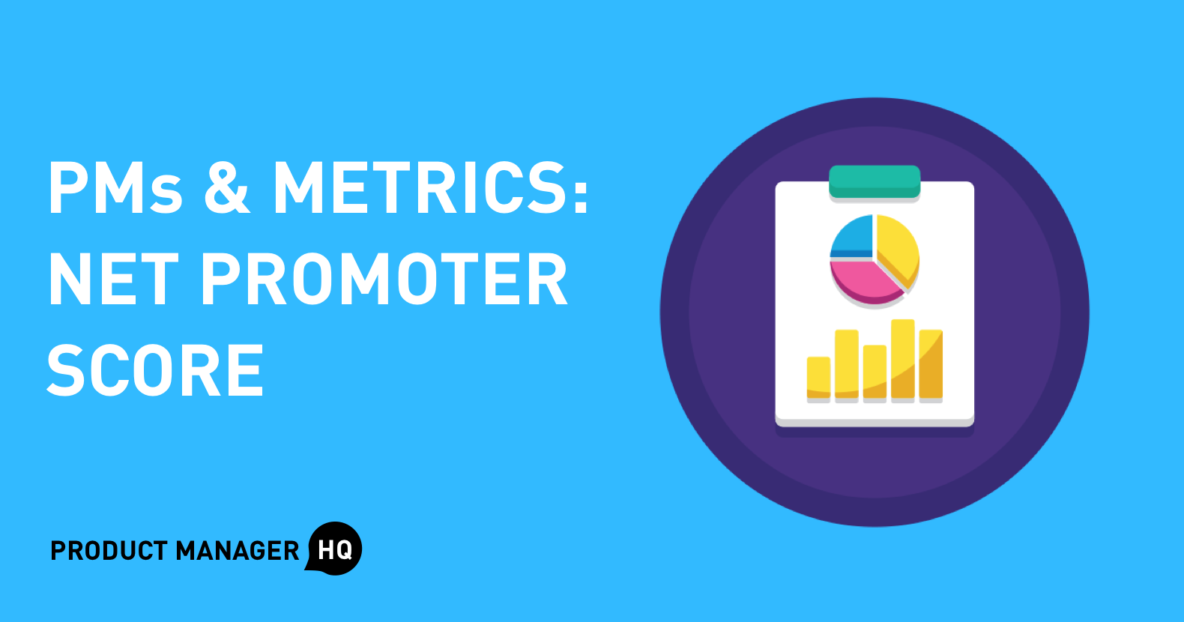During our last post of the PMs & Metrics series, we covered the details of retention rate. In today’s post, we’ll be going over another important metric that PMs should be familiar with – the net promoter score, also known as NPS.
For our discussion, let’s break it down into the following sections:
- Definition: What is the net promoter score?
- Measurement: How do you measure net promoter score?
- Impact: Why does the net promoter score matter?
- Insights: What insights does the net promoter score yield?
- Limitations: What are the shortcomings of the net promoter score?
Definition of the Net Promoter Score
The net promoter score is a great way to gauge how well you are serving your customers.
To calculate your net promoter score, all you have to do is ask this single question:
How likely is it that you would recommend this product to a friend or colleague?
Your respondents should be given a scale of 0 – 10, with 10 being “extremely likely” and 0 being “not at all likely”. You can then classify your respondents into the following 3 categories:
Clement Kao has published 60+ product management best practice articles at Product Manager HQ (PMHQ). Furthermore, he provides product management advice within the PMHQ Slack community, which serves 8,000+ members. Clement also curates the weekly PMHQ newsletter, serving 27,000+ subscribers.






